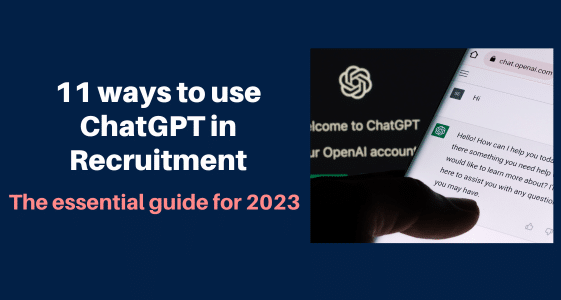You’ve hired the perfect software engineer for your team, narrowed down from a pool of 250 others qualified candidates. But maybe that position didn’t work out. Maybe they decided software engineering wasn’t for them, or they were moving across the country, or all the other uncontrollable reasons a technical talent may need to leave their position for. In any case, you’ve lost a valuable tech talent, and your recruiting team is back on the desperate hunt for a new candidate. So what can you do now?
There’s no need to just throw away all the effort sourcing those other 250 candidates you were considering for the position. In fact, you should start with them as the first people you contact when searching for a replacement. After all, you’ve already created detailed profiles about their skills and spent valuable time and effort reviewing their resumes. Rather than starting from scratch, contact the final pool of candidates you were considering for the position and branch out from there. Chances are, they might still be interested in taking on the position, and you’ve saved valuable time and resources that would have otherwise been spent on re-sourcing and screening.
The worst place scenario is that a candidate might be happily employed elsewhere and uninterested in considering a position in your company. In all likelihood, however, if you’ve already taken the steps to keep candidates vested in your company, you’ll still be able to find many, many others who are dissatisfied with their current workplaces and will be eager to consider your pitch.
But how do you prevent candidates from losing interest in the first place?
Keeping former candidates engaged with your company shows to them that though they might not have been the best fit for a position at the time of an initial hiring process, your company is still interested in them because you think they show potential to help your company grow. Keeping a friendly relationship with potential future employees helps your company create a safety net when new positions open and former candidates show promise to fill it.
When a candidate doesn’t get the position in your company, be sure to contact them immediately, preferably within a 24–48 hour time span. Be transparent in your email, and tell them what skills or personality traits you liked and what traits you might want to see improved to be a stronger candidate in the future. Even if they might not be qualified for the position currently, tell candidates that you think hold potential that you’d like to see them grow and apply for similar positions in your company in the future.
Treating previously considered candidates as a generic hiring pool is far from the way to go, however. It’s important to remember that each candidate brings a specific skill set to the table, so sending out a vague job posting obviously unintended for half the candidate poll is one way to quickly increase annoyance and hostility against your company brand. Instead, you should focus on specifically targeting candidates with the appropriate skills at hand — for example, contacting only candidates with prior experience with Ruby on Rails for a software engineer position that requires using the language.
Reserving a portion of your open positions to hiring from previously screened candidates helps your recruiting team decrease time to hire and capitalize on candidates who may be less experienced but show potential. A survey by CareerBuilder reveals that 1 in 3 HR professionals don’t review previously considered candidates again for newly opened job openings. Don’t let talented and pre-screened candidates slip away after all the time and effort you’ve spent on them — re-engage your candidate pool, and find talents that may be just as qualified to fill the position with half the effort.
































